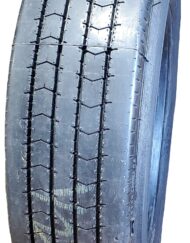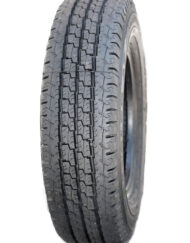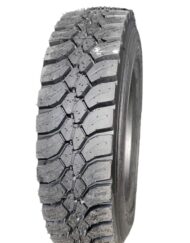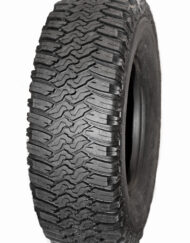Ankle Deep: Wet Weather Driving Tips
According to AAA, wet pavement contributes to over 1 million automobile accidents every year. With the whole “April showers…” quickly approaching, it’s probably a good idea to brush up on some best practices for wet weather driving. Take a look below for some wet weather driving tips to stay safe this spring:
Check your tires When was the last time you checked out your tires? Ensuring your tires are in good condition – properly inflated with sufficient tread – can make a huge difference. Low-tread or balding tires are much less efficient at stopping quickly and are more prone to sliding on wet asphalt.
Check your wipers Replace old, worn wipers before the storms come. They are easy to install and are much more effective at keeping your windshield clear during heavy rainfall.
Turn off your cruise control Never use cruise control when the roads are wet. The chances of losing control are much greater if the cruise control feature is active as you lose the ability to release the gas and slow down gradually. Save your cruising for drier conditions.
Maintain a safe distance You should always maintain a safe distance between you and other drivers no matter the conditions, but this is particularly important when it’s wet outside. Anticipating sudden stops from the drivers ahead and allowing yourself adequate room to slow down is important when the roads are slick.
Slow down Drive a bit slower than usual to give yourself time to react to road conditions and other drivers. It also prevents hydroplaning – when the tires rise up off the pavement inhibiting the rubber of your tires from gaining traction – a dangerous side effect of wet pavement.
Hydroplane how-to’s If you feel your car begin to hydroplane, don’t slam on your breaks or turn the wheel. Gently release the gas pedal, keep the wheel straight, and allow your car to slow down naturally. Once you regain traction, apply gas and continue your drive.
Ice/Freezing rain safety Although spring is on the horizon, we aren’t quite out of winter’s grasp just yet. Ice and freezing rain are still a very real possibility and having the ability to drive safely in these conditions can be tricky. When it comes to ice, heed the advice of the local weather notifications. Ice can be difficult to spot so if it isn’t necessary for you to drive, then don’t. If it is, take great caution and stick to main roads. Throw an emergency bag of salt or sand your vehicle in case you get stuck.
Safe drivers are the best drivers, which is why we at Tire Recappers are intent on providing you with the best tires we possibly can that will work well in all weather conditions. If you have any questions regarding wet-weather safe driving tips or if you’d like us to help assist you with the purchase of new recapped tires, give us a call today!
Source: Exchange




